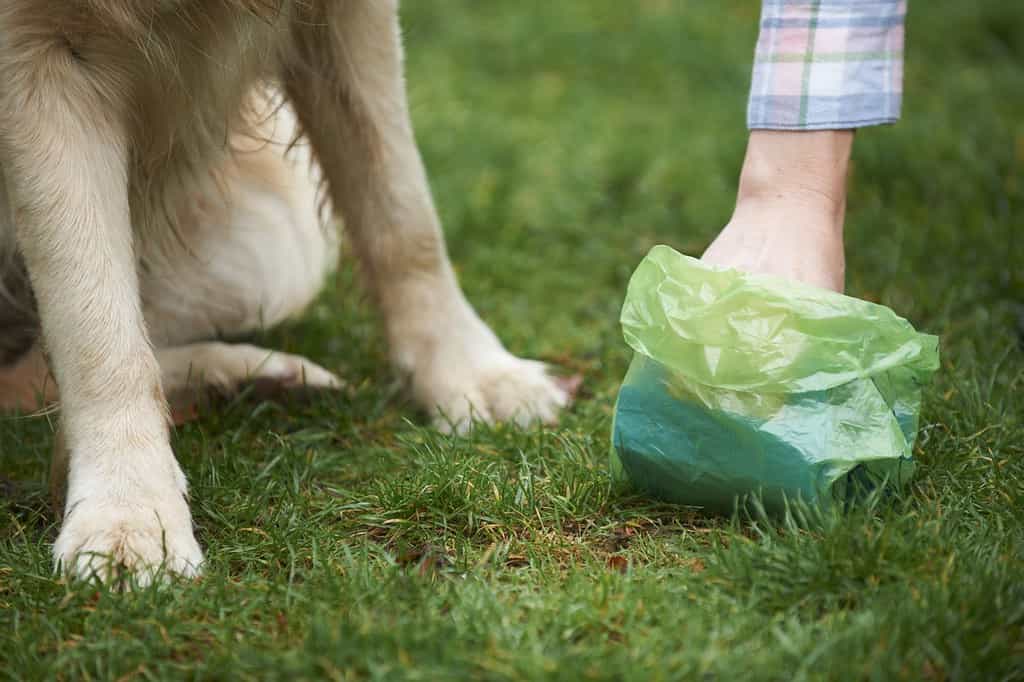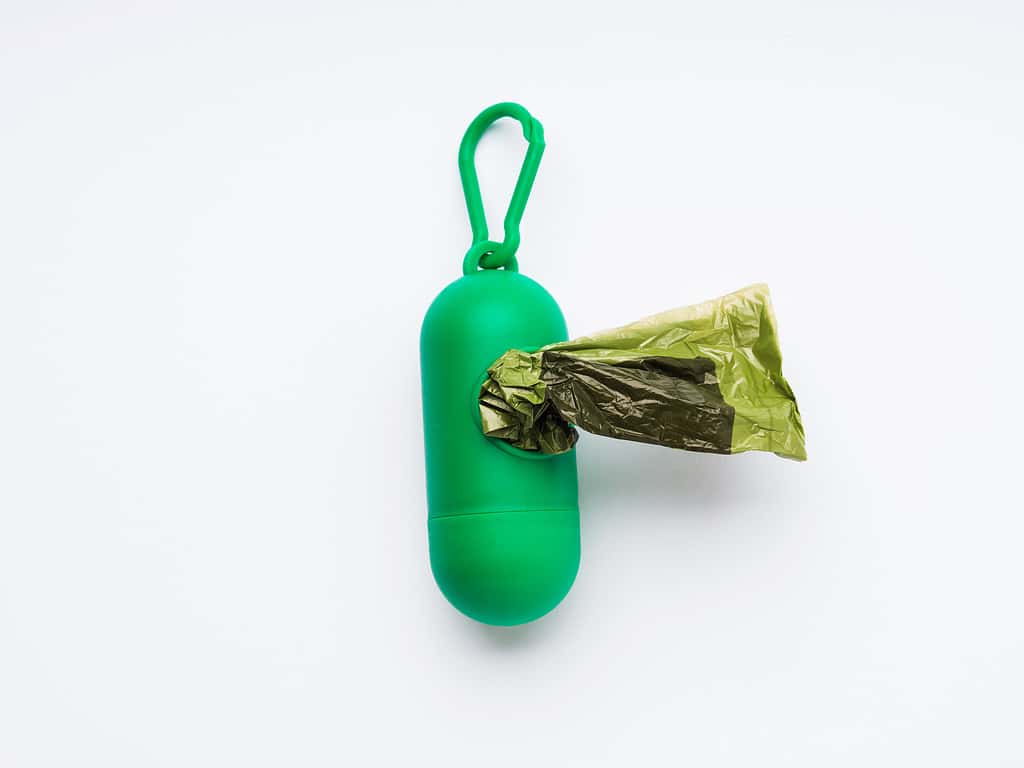One Dog Creates 274 Pounds of Waste Each Year — and We Now Know It’s Taking Its Toll on the Environment
Dogs have always held a special place in the hearts of humans, dating back hundreds of years. While today's pups may not serve the same roles as their ancestors, they remain an essential part of homes around the world.
With their infectious smiles and wagging tails, it's easy to see why so many families welcome dogs into their lives. But a recent study by Curtin University showcasing the link between dogs and the environment might shift how we view our canine friends.
Let's take a look at the study's key findings, explore what they mean for dog owners, and get some practical next steps we can take to reduce our pets' environmental footprint.

Key Findings from Curtin University Study
Taking our pets on walks and letting them play outside is a must for a happy and healthy pup. On the surface, there don't seem to be any negatives associated with spending a little time outdoors. However, new research from Curtin University is challenging this assumption.
According to lead researcher Associate Professor Bill Bateman, "Dogs pose a substantial and complex environmental threat." The study further explains that there are several ways in which pets impact the environment, including:
- Wildlife Disturbance: Regardless of whether an owner leashes their dog or not, the animal can still disrupt local wildlife through their presence, scents, and waste.
- Pollution: Leftover dog waste often contributes to nutrient pollution in waterways, and chemical runoff from flea and tick treatments can harm aquatic ecosystems.
- Carbon Footprint: While not a direct result of just dogs, large pet food manufacturers are steadily increasing their carbon, land, and water footprint to keep up with demand.
What are the Implications for Dog Owners?
Initially, the study may feel like a biased report against dogs. However, dog owners shouldn't see the research as an agenda to lock up their furry friends. Instead, it's an opportunity to rethink how we approach our daily routines with our pets and make more environmentally responsible choices.
Leash Laws to Lower Wildlife Disturbance
Regardless of how well-trained a dog might be, keeping them on a leash is still a good idea, especially in designated areas. Allowing canines to roam off-leash in parks, forests, or nature reserves may seem harmless enough, but it can significantly impact local wildlife. For instance, even the scent or presence of a dog can alter animal behavior, disrupt nesting, or cause stress to species sensitive to predators.
Associate Professor Bateman touches on this further by stating, "Studies have found animals like deer , foxes , and bobcats in the U.S. are less active or completely avoid areas where dogs are regularly walked, even in the absence of the dogs."
Leash Laws: What Can Owners Do to Help
While general safety tends to be the top reason for leashing your dog, it can also help protect local wildlife. Keeping dogs on a leash during visits to the park or a trail helps minimize the disturbance to birds, mammals, and other sensitive species.

Impact of Dog Waste on Water Quality
Coming across any type of waste on a hiking trail can be an unpleasant experience for someone trying to get a little exercise in. However, dog waste not only inconveniences walkers but can also be a major source of nutrient pollution. When left on the ground, waste can easily wash into nearby water sources, introducing excess nitrogen and bacteria into local aquatic systems.
Dog Waste: What Can Owners Do to Help
The easiest way to keep dog waste out of water systems is to clean up after your pet. Before leaving the house, it's always a good idea to grab extra biodegradable waste bags for your walk and dispose of any waste in a trash can.

Sustainable Pet Food Choices
One of the hottest debated topics in the pet world is what food we should feed our dogs. While everyone can agree that we want the best quality food for our furry friends, that doesn't always equate to a positive environmental outcome. Many large pet food production companies have significant carbon, land, and water footprints.
Pet Food: What Can Owners Do to Help?
It can be challenging for pet owners to identify which pet manufacturers have the lowest footprints and impact on the environment. If you're looking for a more responsible dog food supplier, choose brands that use sustainable ingredients and offer low-impact proteins like chicken.

Balancing Dog Ownership and Environmental Awareness
The research from Curtin University shouldn't be viewed negatively. Instead, it offers a look into the greater environmental impact of our canines. Owners can make a meaningful difference in local communities through simple actions like following leash laws, picking up after their dogs, and choosing sustainable food products. Everyone benefits from simple changes such as those.
Follow A-Z Animals!
- See today's latest and most exciting animal news when you follow A-Z Animals. Click here to access the A-Z Animals profile page and be sure to hit the Follow button here or at the top of this article!
- Have feedback? Add a comment below!
Up Next:
- 12 Reasons You Should Never Leave Dog Poop In Your Yard
- I Always Dreamed of Getting a Dog, But These 8 Red Flags Scared Me Off
- This Is What Scientists Have Revealed About Cats and Dogs So Far in 2025
The post One Dog Creates 274 Pounds of Waste Each Year — and We Now Know It's Taking Its Toll on the Environment appeared first on A-Z Animals .

Post a Comment for "One Dog Creates 274 Pounds of Waste Each Year — and We Now Know It’s Taking Its Toll on the Environment"